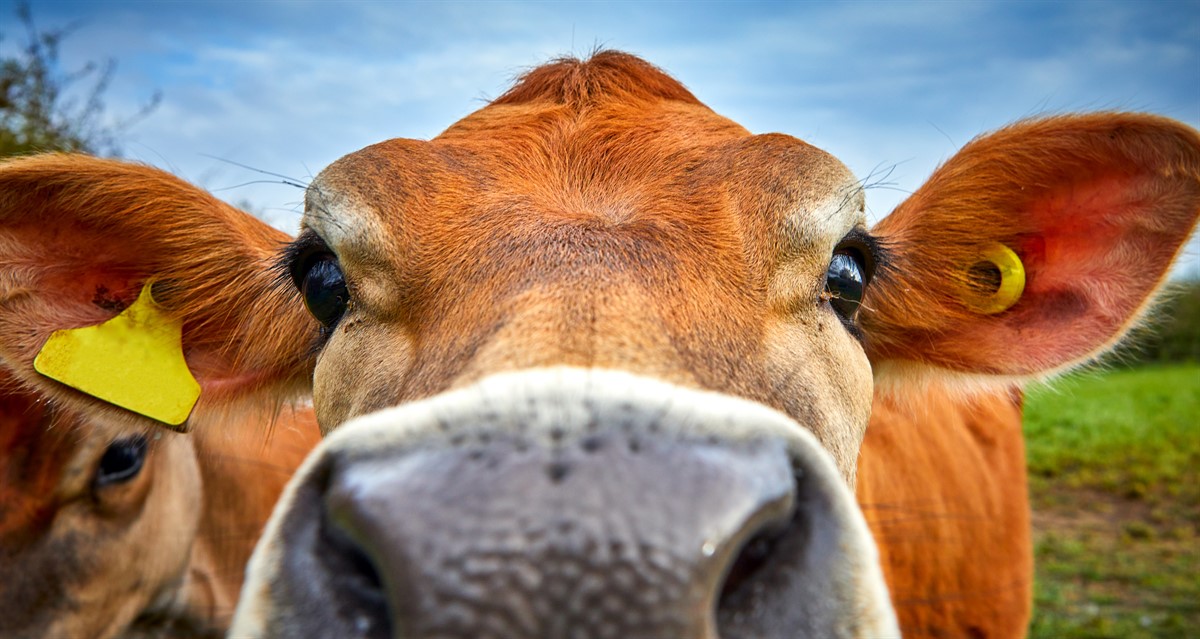The Commission's draft Impact Assessment on the upcoming revision of EU animal welfare legislation has been leaked, providing useful insight into what might be included in the official proposals later this year. A key part of the legislative process, the document examines if there is a need for EU action and the possible policy measures.
By Kate Adams, Senior European Policy Advisor, British Agriculture Bureau.
The last revision of EU animal welfare legislation was undertaken in 2009, with the majority of the rules adopted in the 1990s. Since then, we have seen public awareness of animal welfare and consumer priorities change. Observing that animal welfare is fragmented across Europe, the EU aims for the upcoming revisions to implement a uniform standard of animal welfare across Member States.
The Impact Assessment evaluates a number of policy measures. In total, 18 preferred policy options have been identified by the Commission across 4 areas: welfare at farm level, during transport, at time of slaughter and welfare labelling.
Poultry
The draft report outlines that the preferred policy option is to phase out the use of cages for laying hens, pullets, calves, ducks, geese and quails, broiler breeders and layer breeders within 10 years, with an exemption for pedigree breeding birds and great-grandparents. The Commission report that this would improve the welfare of millions of birds, but that production costs would increase.
Another priority is to phase out beak trimming over a 15-year period, and also incentives to integrate covered verandas in poultry housing systems to increase the amount of space for birds. Alongside this, the Commission wants to introduce a blanket ban on the systematic killing of day-old male chicks and water bath stunning for small and medium slaughterhouses, both of which would require investment and increase prices for consumers.
Pigs
Amongst the preferred options for pigs is the phasing out of sow stalls and farrowing crates with a 10 year transition period. However, use of farrowing pens of 6.52m2 after the birth of piglets would be permitted. The Commission would also like to increase space allowances to 1.08m2 for a 110 kg pig.
The Commission aims to ban tail docking, and also surgical castration with a derogation for the production of heavy pigs (more than 130kg) with the use of pain relief. A 10-year transition period would be allowed for both. A ban on CO2 stunning for pigs is also foreseen with a 15-year transition period as there are limited alternatives currently available.
Cattle
The Commission’s preferred policy options are to provide all calves and dairy cows with outdoor access (at minimum a courtyard) and increase space allowances to 3m²/calf and 7m²/dairy cow for the indoor area. A 10-year transition period would be foreseen. Tethering of cows would also be prohibited within 5 years, alongside banning the dehorning of dairy calves, and restrictions on disbudding without anaesthesia or analgesia.
Welfare during transport
Welfare during transport is a key aspect of the Impact Assessment and upcoming legislative proposals. Taking advice from the most recent EFSA scientific options, the Commission’s preferred options are to increase space allowances for species, reduce journey times to 9 hours for animals transported for slaughter and require the presence of a vet or animal welfare officer when animals are transported by sea. In addition, if the temperature is over 30°C only transport at night would be allowed (between 21h00 and 10h00).
Animal welfare label
The Commission’s draft assessment notes that the preferable option would be to implement a harmonised, multi-tier welfare label across the Union. However, noting that this would incur significant costs for businesses and competent authorities, a voluntary label is likely to be proposed instead.
Next steps
The next stage is for the Impact Assessment to go to the Scrutiny Board – the step designed to provide independent quality control on impact assessments. Following this, the Impact Assessment will go to interservice consultation where a formal opinion is given by other Director Generals, before the official legislative proposals are made. This is expected in September 2023.
Impact on UK farming
The Commission has outlined that the preferable option would be to require equivalent standards at import of relevant products as regards the use of cages, mutilations, space allowances, enrichments, the killing of male day day-old chicks. A 10-year transition period would be preferred. After this date, any products being exported to the single market would have to comply with the new regulations.
Current EU Animal Welfare legislation is included in Annex II of the Northern Ireland Protocol and therefore would directly apply to Northern Irish farmers.
